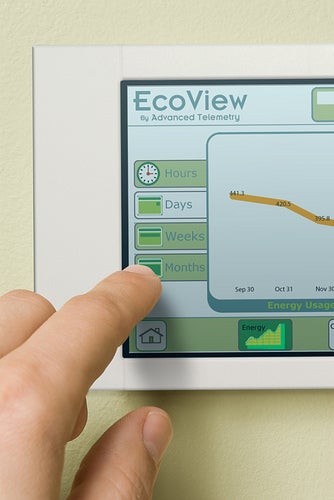Office building employees in Charlotte, North Carolina are taking small, voluntary actions to save energy. These steps are making a noticeable difference on utility bills and Duke Energy, the country’s largest utility, can prove it.
Duke’s Smart Energy Now program is the first commercially-available program of its kind in the country to use behavior change to reduce energy use in office buildings. The program helped participating customers save about six percent in energy over three years, exceeding the five percent goal and representing enough savings to power nearly 2,600 homes for a year.
Through the use of gentle reminders and friendly games, the program encourages uptown office workers to turn off computers and lights and find other easy ways to save energy. An innovative electronic kiosk in the lobby of each participating building shows real-time energy use, and participants can check their progress.
Smart Energy Now is part of Envision Charlotte, an initiative led by companies in the city center to improve energy efficiency and sustainability. The program is helping Envision Charlotte meet its goal of reducing energy use by 20 percent over five years.
Because the approach has demonstrated considerable savings, Duke Energy wants to expand its behavior change program to three more North Carolina cities – Raleigh, Greensboro and Winston-Salem – and five more states where Duke does business. Programs for small towns and rural communities are also on the horizon in North Carolina. The company recently received approval to offer similar programs in South Carolina.
Envision Charlotte and Smart Energy Now are two great examples of innovative energy efficiency projects in commercial buildings. For a look at a savvy smart grid project in a residential area, check out Pecan Street in Austin. Both are creative initiatives to lower energy use in buildings, a tactic that we feel will prove increasingly useful to states as they formulate plans to meet the EPA’s proposed Clean Power Plan.
